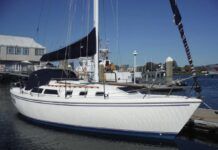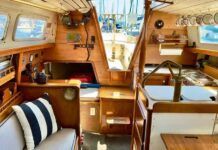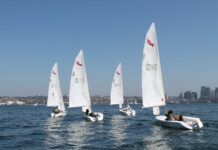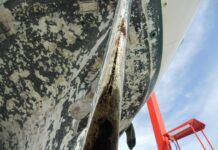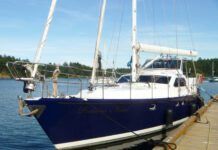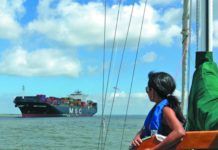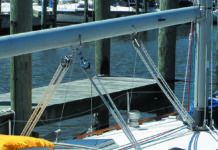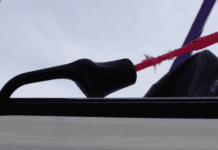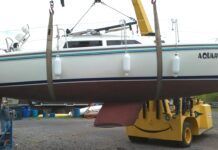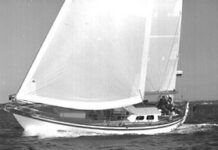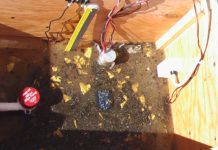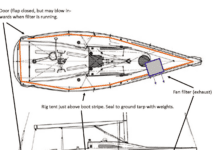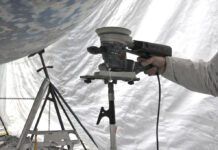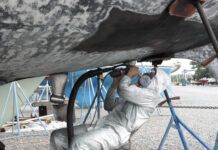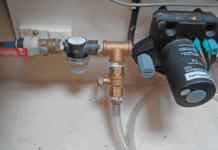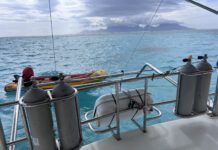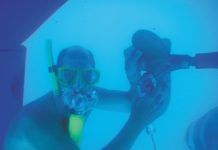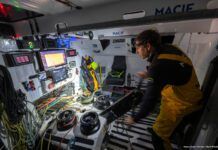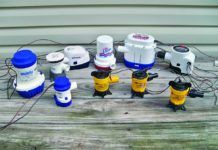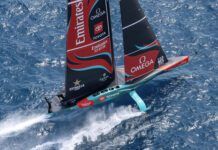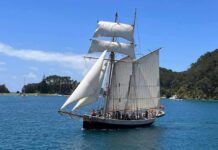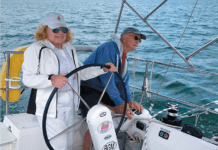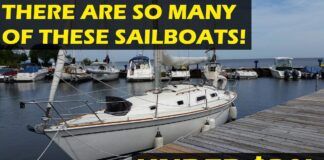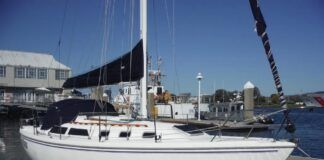Many of us have been lucky enough to sail in far-flung locales-not just places like the Virgin Islands, the Bahamas, the Adriatic, or the Sea of Cortez, but the Pacific Northwest, the Great Lakes, or New England. Any place distant enough from home waters to require you to study a chart is flung far, and the trouble with these locales is that, if you’ve never been there before, you can’t orient yourself until you get your bearings, literally. Even then, it can be difficult to relate what you’re seeing to what’s on the chart. Sometimes hillsides, harbor inlets, breakwaters, buoys standing offshore, and other things that are clearly marked in two dimensions just don’t look as familiar in three dimensions.
In days of old, surveyors went to a great deal of trouble to sketch the profiles of islands and coastlines they were exploring. James McNeill Whistler, for example, before he painted his mother, was a US Navy cartographer, and some of the profile etchings we see today on reproductions of old charts are his.
I imagine that some mariners of old, when they were given charts with these beautiful, detailed profiles in the margins, may have griped, momentarily, the way some of us do now: “Drawings, eh? Why, back in my day we made sure of our bearings and soundings, that’s all. Never had any of this new-fangled picture art to help us along. Next they’ll be bringing the islands to us. Might as well stay home!”
Except, of course, sailing the oceans and coastlines will always, always be tricky enough that the so-called prudent navigator will grasp whatever advantage can be found to get to the next harbor safely.
Aerial photos have helped to replace those drawings. Sea-level photos with bearings are even better.
Here’s a product idea for any electronics manufacturer who might happen to be reading this. What would be cool is a set of binoculars much like the ones we reviewed in the August 1 issue, but with an added capability. These binoculars would tell you what you’re looking at. They would do that by carrying a GPS receiver and cartography chip covering the waters being sailed, in addition to a fluxgate compass. When you lifted the binoculars and looked at an approaching coastline or mark, the binoculars would note the bearing from your present position and tell you the name of the nearest chart notation lying along that bearing. Maybe it could pile up a few other “landmarks” behind the nearest, too, in case you were looking across a buoy at a distant hillside with a water tower on it.
That would really help us zero in on who makes the best vector charts, wouldn’t it?
This idea is probably already in the works in half a dozen places, but just in case it’s not, please send concept fees or royalties (either will do, both would be best) to the editorial address at right.
In the meantime, we still have a good bunch of navigation tools to help us on our way. This month we take a high-altitude view of two big topics, electronic cartography and coastal cruising guides. Both toolsets could be considered optional, but only if you’ve never tried them. Once you’ve let a good cruising guide point out the dangers of a harbor approach, then tell you where to anchor, where to land your dinghy, where to eat for a good price, and where to do your laundry, you don’t generally want to start from scratch in the next port. Same with sitting in the cockpit in the rain with a soggy chart across your lap, trying to plot with the edge of your hand, versus simply consulting a chartplotter on the bulkhead. Once you’ve tried these things, it’s seems silly, even incautious, to go without.
Last word, though: If you don’t know how to plot on a soggy paper chart with the edge of your hand, learn to, as a hedge against the time when your over-trusted electronic helper fades to gray.
-Doug Logan


